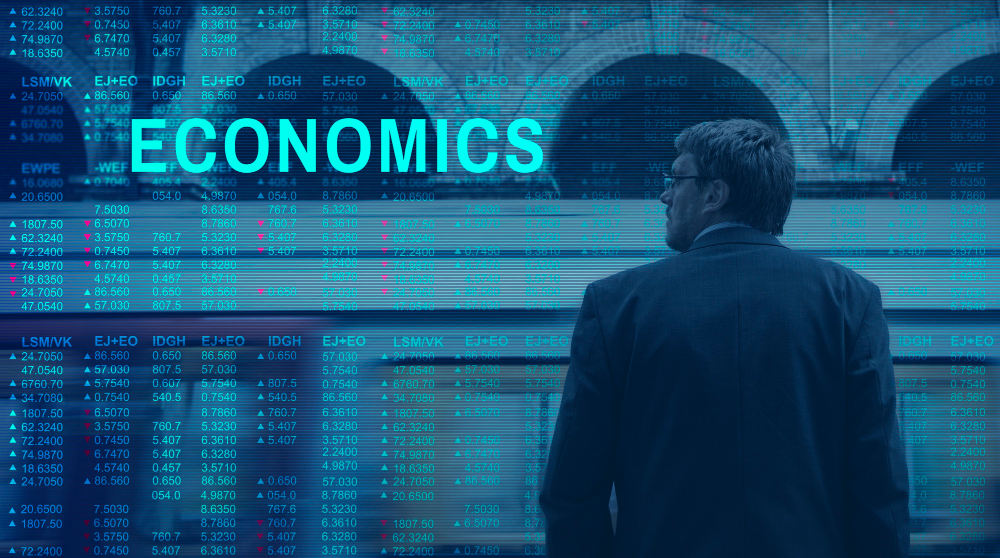Emerging Markets Midyear 2025: Growth, Challenges, and Global Shifts
Explore the outlook for emerging markets at midyear 2025, covering growth trends, risks, and policy shifts shaping global dynamics.
Midway through 2025, emerging markets show resilience!
As we pass the midpoint of 2025, emerging markets are once again in the global spotlight. From the streets of Jakarta to the financial hubs of São Paulo and Johannesburg, these economies are demonstrating both promise and pressure.
While growth remains positive, the path forward is complex—shaped by global interest rates, geopolitical shifts, and domestic policy reforms.
Investors, policymakers, and business leaders are re-evaluating strategies in light of shifting capital flows and evolving demand patterns.
This midyear pulse check provides insight into the opportunities and headwinds shaping emerging economies as they navigate a new global economic rhythm.

Economic Resilience Amid Uncertainty
Emerging markets have grown at an average pace of 4.5% in the first half of 2025, outperforming many developed counterparts.
Southeast Asia and parts of Sub-Saharan Africa led the charge, benefiting from infrastructure investments, commodity exports, and growing domestic consumption.
However, not all regions have shared in the momentum. Latin America’s uneven growth and parts of Eastern Europe’s political tensions continue to weigh on investor sentiment. Inflation control remains an ongoing battle in several nations.
Capital Flows and Investment Trends
Foreign direct investment (FDI) into emerging markets has seen a modest uptick after a cautious 2024. Tech, green energy, and manufacturing are prime sectors drawing international attention.
Countries with stable political climates and strong reform agendas—like Vietnam, India, and Morocco—have become magnets for capital.
On the flip side, capital outflows have intensified in nations with weak governance or unorthodox monetary policies.
Global investors remain selective, seeking economic clarity and currency stability before committing capital.
Monetary Policy and Inflation Dynamics
Emerging market central banks are walking a tightrope. With the U.S. Federal Reserve holding rates higher for longer, many EMs have kept their rates elevated to protect against capital flight and currency depreciation.
Inflation has moderated in most regions but remains above targets. Food and energy costs continue to strain low-income populations, forcing some governments to increase subsidies—at the risk of fiscal deterioration.
Digital Transformation and Demographic Advantage
One of the more optimistic narratives of 2025 is the digital acceleration happening across emerging economies.
Mobile banking, digital wallets, and AI-powered logistics are becoming staples in places like Kenya, Indonesia, and Brazil.
Demographic trends also support long-term growth. With younger, more urban populations, many EMs offer a growing labor force and expanding consumer base.
Governments that invest in education, infrastructure, and connectivity are well-positioned to benefit from these shifts.
Geopolitical Realignments and Trade Flows
Global trade patterns are reshaping, and emerging markets are adapting quickly. China’s reduced global engagement and Western efforts to diversify supply chains have opened new opportunities for countries in South Asia, Africa, and Latin America.
Regional trade agreements and south-south partnerships are gaining traction. Still, some economies face headwinds from ongoing wars, sanctions, or regional instability, which restrict access to global markets and complicate investor entry.
Climate Risks and Sustainable Development
Climate vulnerability remains a pressing concern for emerging markets. Floods, droughts, and extreme weather have disrupted agriculture and infrastructure in multiple regions during 2025.
Yet this challenge has sparked innovation. Clean energy investments are rising, driven by both necessity and international support.
The climate crisis has become both a risk and an opportunity for green growth, with solar and wind projects gaining funding momentum.
Challenges Ahead: Debt and Structural Reforms
Public debt levels are rising again, especially among low-income EMs that borrowed heavily during the pandemic. Debt servicing now competes with essential public spending, leading to fiscal dilemmas.
Structural reforms—like tax modernization, pension system updates, and anti-corruption measures—are crucial to restore confidence and unlock productivity. The countries that move decisively will have better odds of attracting investment and sustaining growth.
Outlook for the Second Half of 2025
While risks remain, emerging markets are adapting. Technology, youth demographics, and a shifting trade map offer potential tailwinds.
However, global liquidity conditions, regional conflicts, and domestic governance issues will continue to influence their trajectory.
For investors and observers alike, the second half of 2025 demands both caution and optimism. The opportunities are real—but so are the risks.
Strategic positioning and a nuanced understanding of local contexts will be essential for navigating the months ahead.







